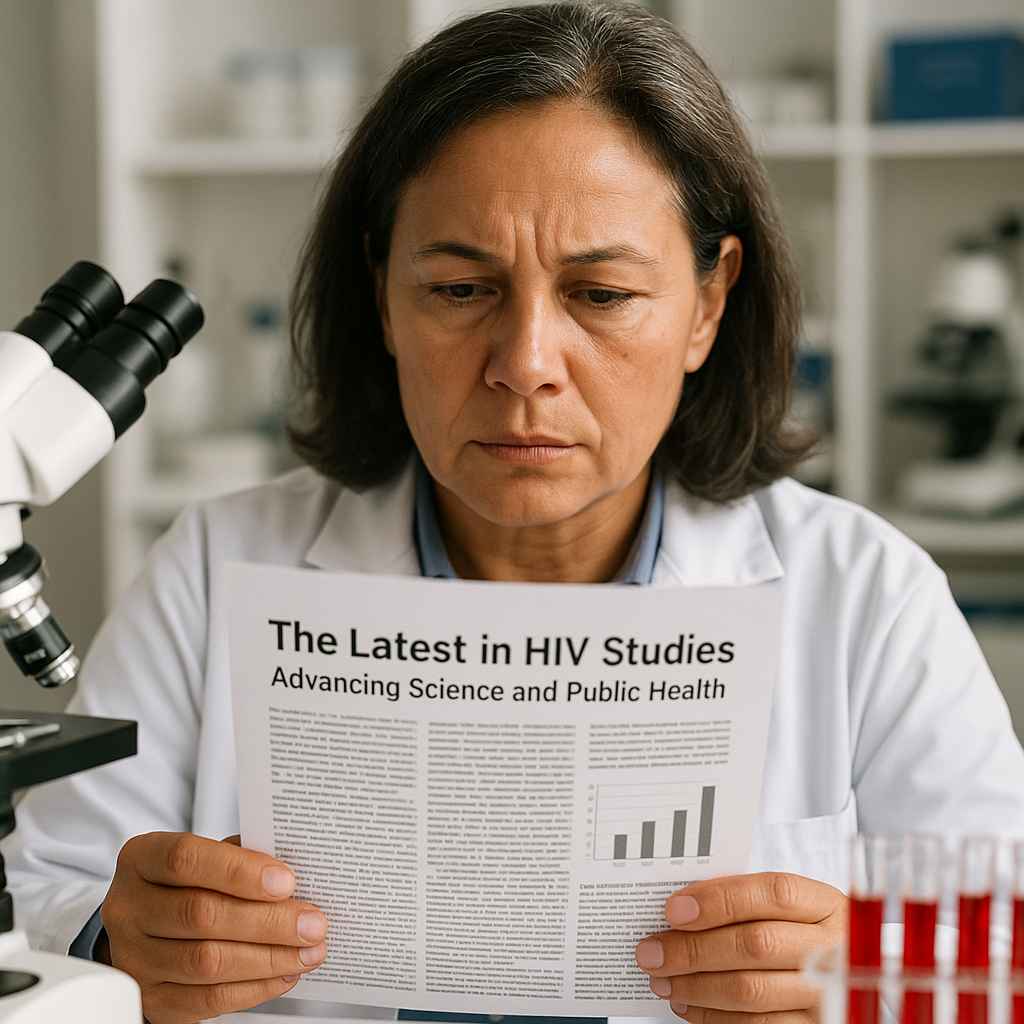HIV/AIDS is a global pandemic that has affected millions of people worldwide, leading to a significant burden on health systems and communities. Despite numerous efforts to curb its spread, the disease continues to be a significant public health concern, especially in low- and middle-income countries where access to treatment and care remains a challenge.
Disparities in Access to Treatment and Care: Studies have shown that disparities in access to HIV/AIDS treatment and care persist, with marginalized populations such as men who have sex with men, people who inject drugs, and sex workers being the most affected. These disparities are often due to a combination of social, cultural, and economic factors, including poverty, stigma, and discrimination.
The Consequences of Inadequate Access to Treatment and Care: The consequences of inadequate access to treatment and care for people living with HIV/AIDS are far-reaching and can lead to a range of health problems, including decreased quality of life, reduced lifespan, and increased healthcare costs. Moreover, a lack of access to antiretroviral therapy can lead to the development of drug-resistant strains of the virus, which can further exacerbate the spread of the disease.
Efforts to Bridge Disparities in Access to Treatment and Care: There have been numerous efforts to address disparities in access to HIV/AIDS treatment and care, including the development of innovative treatment and care models, such as mobile clinics and community-based programs. These programs aim to provide more accessible and convenient care for marginalized populations, and have been shown to be effective in increasing access to treatment and care.
n addition, organizations and governments around the world are working to reduce the cost of antiretroviral therapy, making it more accessible to people in low- and middle-income countries. For example, the Global Fund to Fight AIDS, Tuberculosis, and Malaria is one of the largest global health initiatives, dedicated to supporting programs and interventions aimed at ending the HIV/AIDS epidemic.
Conclusion: In conclusion, bridging disparities in access to HIV/AIDS treatment and care is crucial in the fight against the disease. Efforts to address these disparities must be ongoing, and must be based on a comprehensive understanding of the social, cultural, and economic factors that contribute to them. By working together, organizations and governments around the world can help ensure that all people living with HIV/AIDS have access to the treatment and care they need to live healthy and fulfilling lives.
References:
1. UNAIDS. (2021). HIV/AIDS: Key facts. Retrieved from https://www.unaids.org/en/resources/fact-sheet 2. World Health Organization. (2021). HIV/AIDS. Retrieved from https://www.who.int/news-room/fact-sheets/detail/hiv-aids
3. Global Fund. (2021). What we do. Retrieved from https://www.theglobalfund.org/en/what-we-do/
Citations:
1. UNAIDS (2021)
2. World Health Organization (2021)
3. Global Fund (2021)
*This article was produced with the assistance of artificial intelligence. Please always check and confirm with your own sources, and always consult with your healthcare professional when seeking medical treatment.

